Is the Traditional Classroom Becoming Obsolete?
Ask a Tech Teacher
APRIL 28, 2025
You’re tasked with understanding diverse student needs, fostering inclusivity, and addressing varying learning styles. According to a study by the National Center for Education Statistics, nearly 60% of students report feeling bored during class, a clear indication that the traditional model often fails to capture attention.



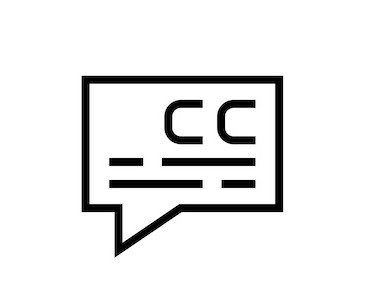


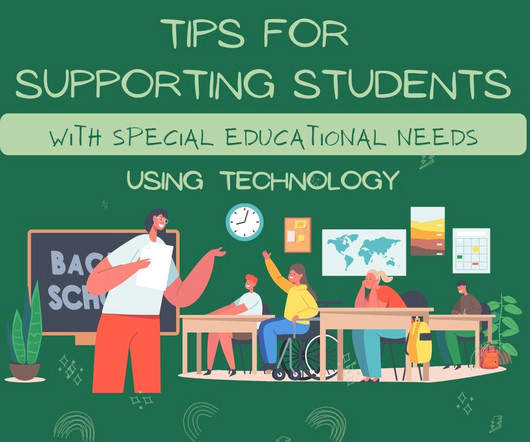
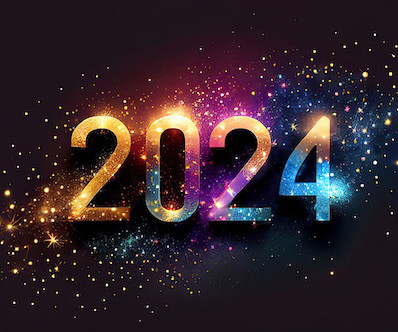

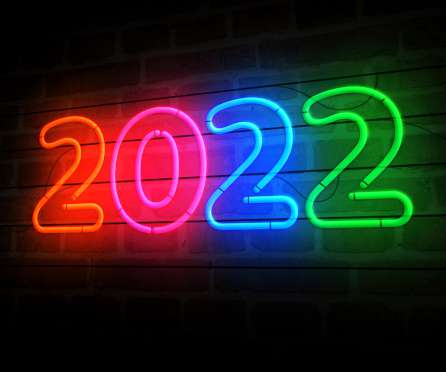


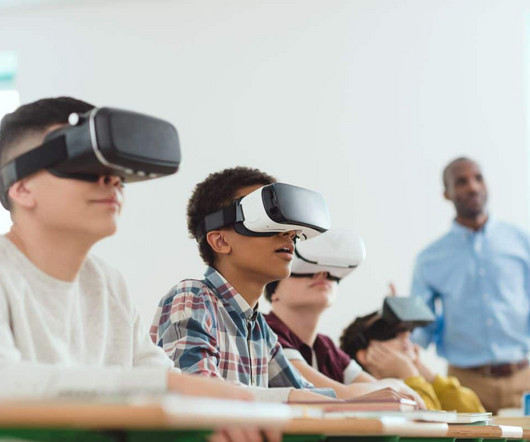
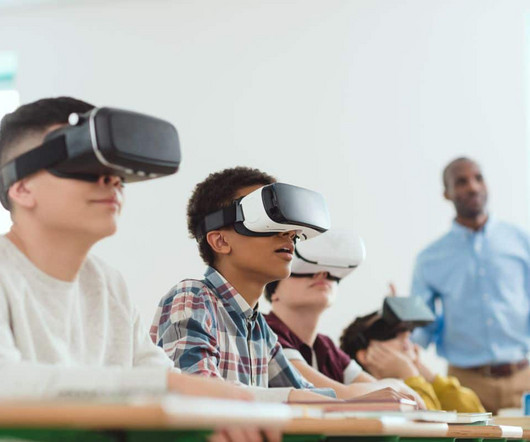
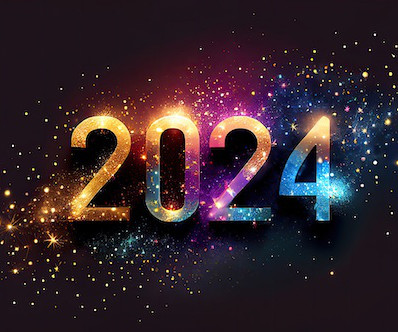
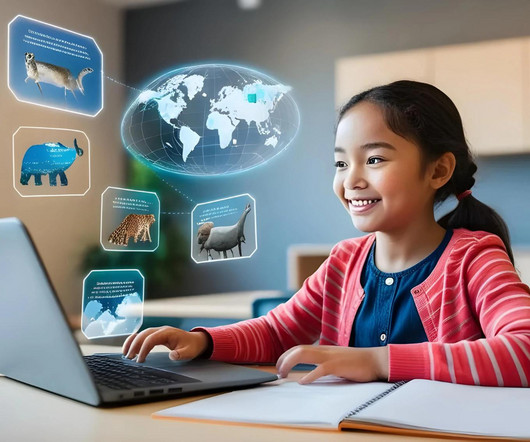







Let's personalize your content